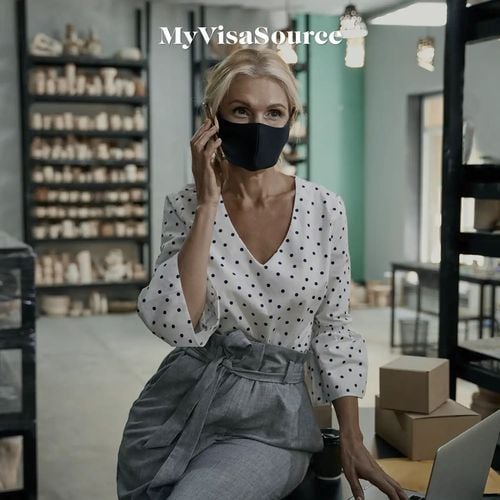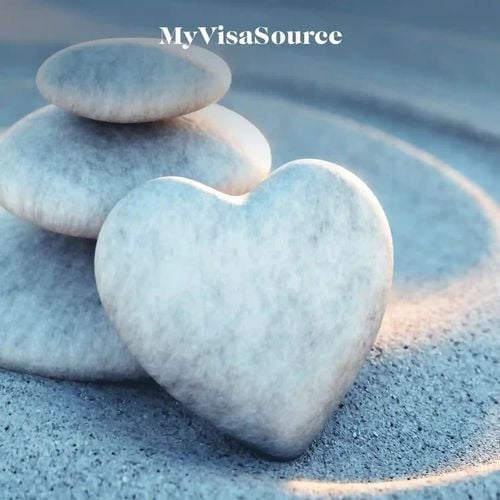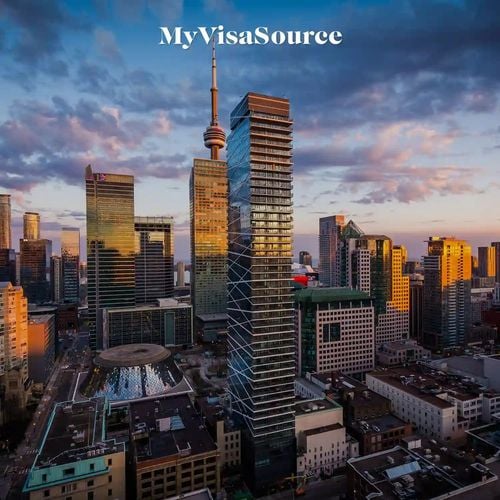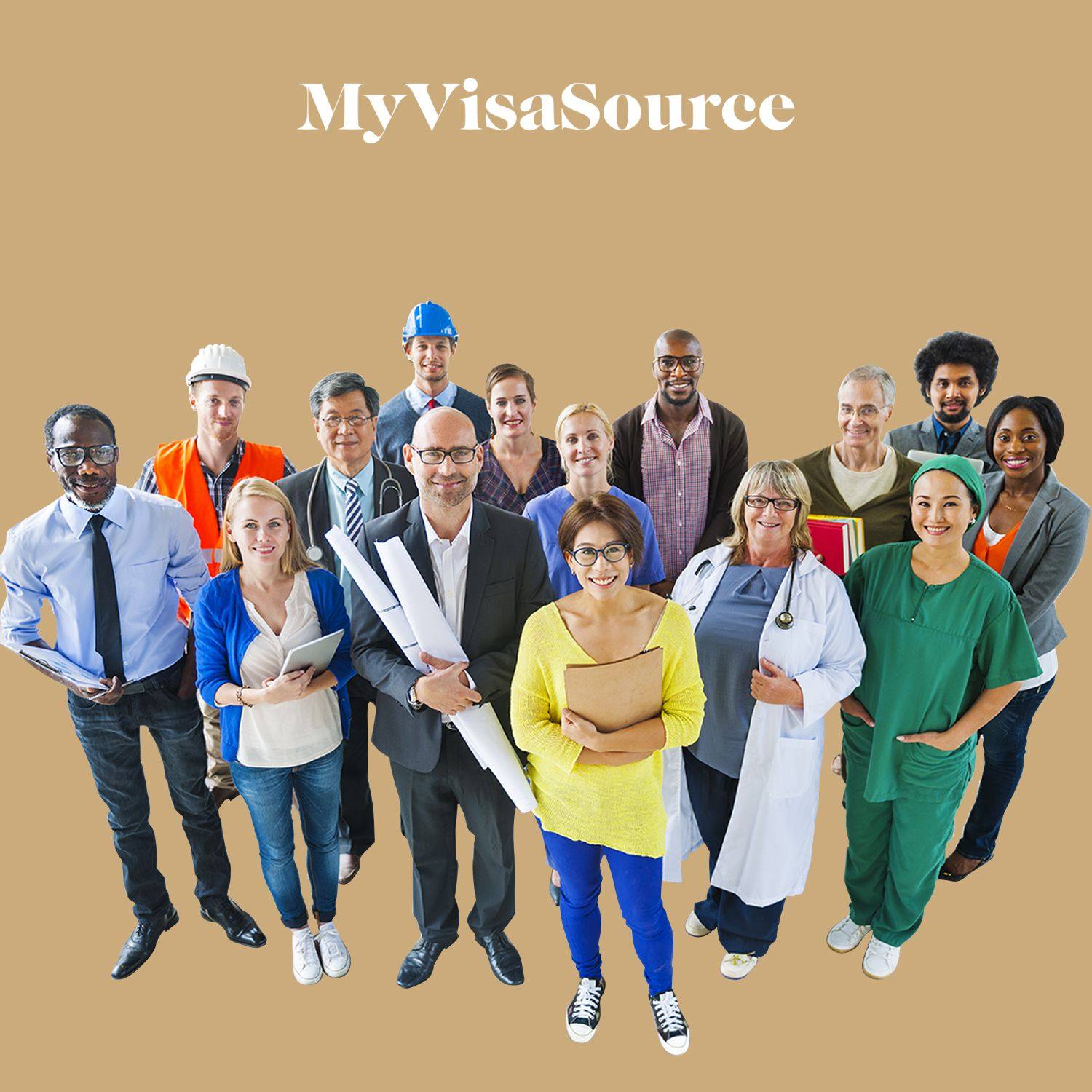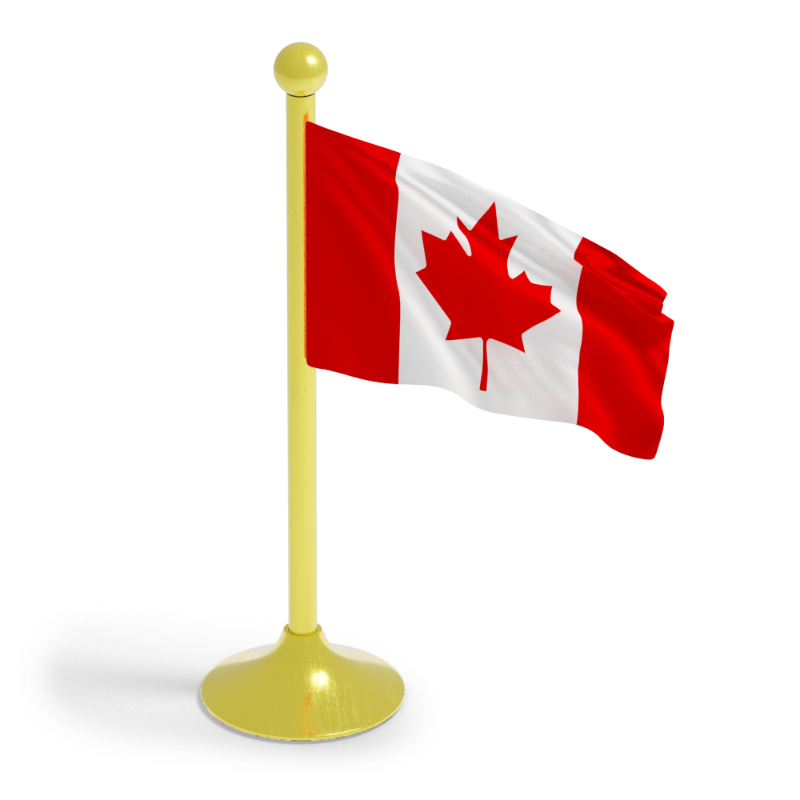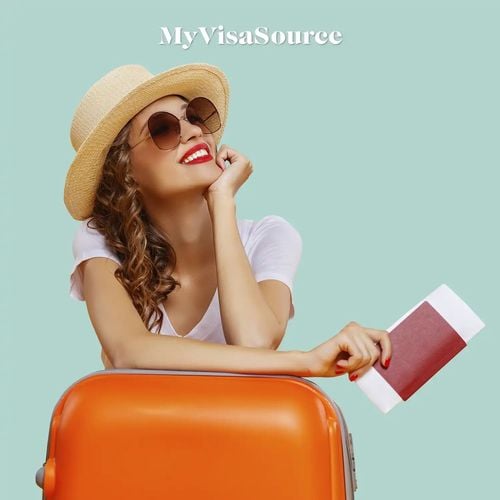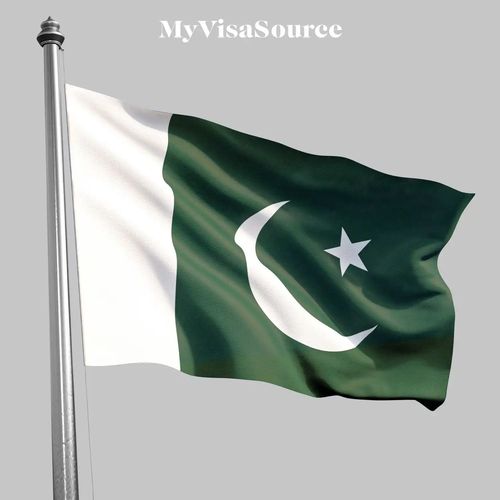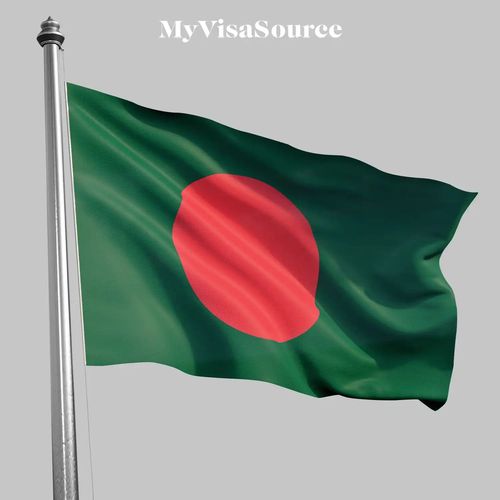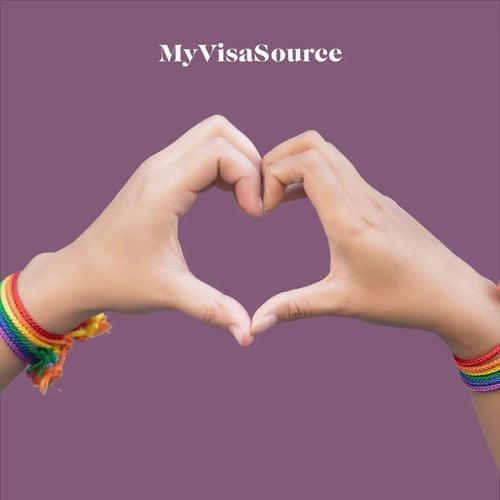The Canadian government recently introduced a new way to classify occupations for immigration purposes. The new changes come into effect in fall 2022 and will affect certain economic class immigrants and foreign worker applicants. However, it is still unclear what type of applicants will be affected.
What Is the Current Way to Classify Occupations?
Currently, the Immigration, Refugees, and Citizenship (IRCC) uses the National Occupational Classification (NOC) code 2016 to categorize occupations based on the role and responsibilities of the job and the skill level required to perform those duties. The NOC system is used to categorize applicants to the Temporary Foreign Worker Program (TFWP) and other skilled worker immigration programs.
The Department of Employment and Social Development Canada (ESDC) also currently uses the NOC 2016 to evaluate Labour Market Impact Assessment (LMIA) applications. An LMIA report determines the impact of hiring a foreign national on the Canadian labor market. It also ensures that sufficient recruitment efforts were carried out by the employer to hire a Canadian citizen or permanent resident.
Any economic class applicant must meet the NOC eligibility criteria of their program. For example, applicants to the Express Entry system must demonstrate that they have previous work experience in an occupation that falls within the following categories:
- NOC 0: management jobs
- NOC A: professional occupations that require a university degree
- NOC B: skilled trades occupations that require a college diploma or apprenticeship training
There are 2 more NOC Skill levels:
- NOC C: intermediate jobs that require high school education and/or job-specific training
- NOC D: labor jobs that have on-the-job training
Federal and provincial immigration programs use the NOC Skill levels to decide whether an applicant’s occupation or work experience meets their eligibility requirements.
What Is the New Way to Classify Occupations?
According to the IRCC, the government is expecting to implement a new way to categorize occupations by fall 2022. This will give the IRCC enough time to inform all the stakeholders about the new changes and implement the new system in all its departments. The IRCC will be working with the ESDC to ensure that there is consistency across all work permit applications.
The NOC system is set to be replaced by the new Training, Education, Experience, and Responsibilities (TEER) system. The TEER system will have 6 categories:
TEER 0: management jobs
TEER 1: professional occupations that require a university degree, or several years of experience in a specific TEER 2 occupation
TEER 2: Occupations that require:
- A postsecondary education completed at a community college, institute of technology or Collège d'enseignement general et professionnel (CÉGEP), or
- Completion of an apprenticeship training program that lasted 2 to 5 years, or
- Occupations with supervisory or significant safety responsibilities, for example, firefighters or police officers, or
- Several years of experience in a specific TEER 3 occupation, when applicable
TEER 3: Occupations that require:
- A postsecondary education completed at a community college, institute of technology or Collège d'enseignement general et professionnel (CÉGEP), or
- Completion of secondary school education and several weeks of on-the-job training
- Several years of experience in a specific TEER 4 occupation, when applicable
TEER 4: Occupations that require:
- Completion of secondary school education or
- Completion of secondary school education with several weeks of on-the-job training
- Several years of experience in a specific TEER 5 occupation, when applicable
TEER 5: Occupations that require short work demonstrations and no formal education level.
